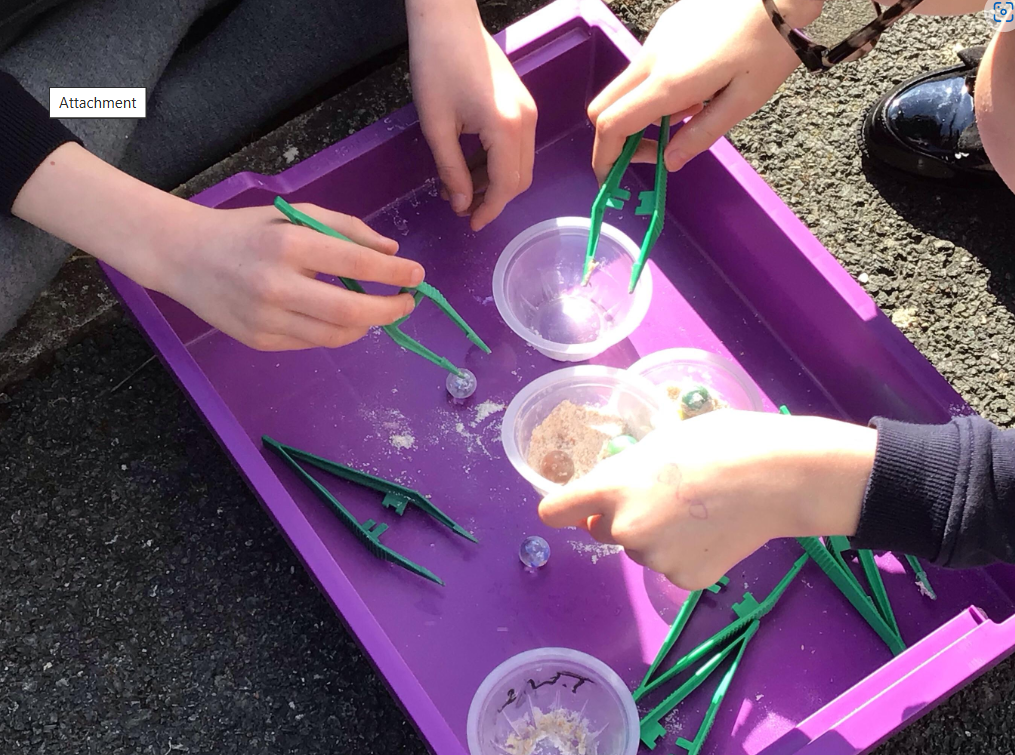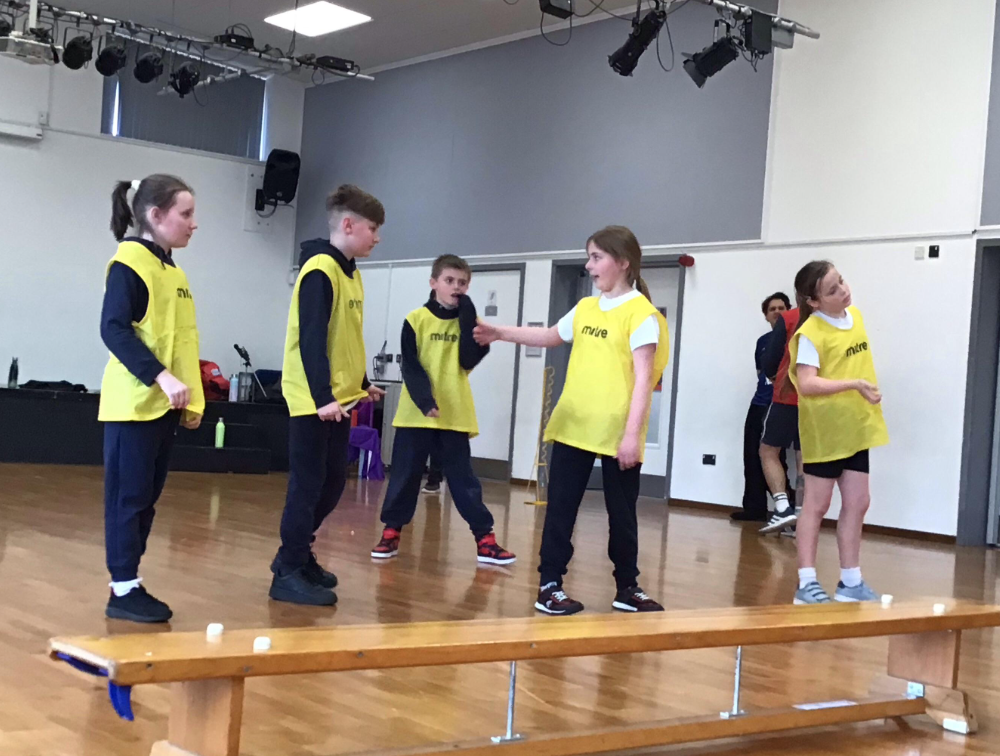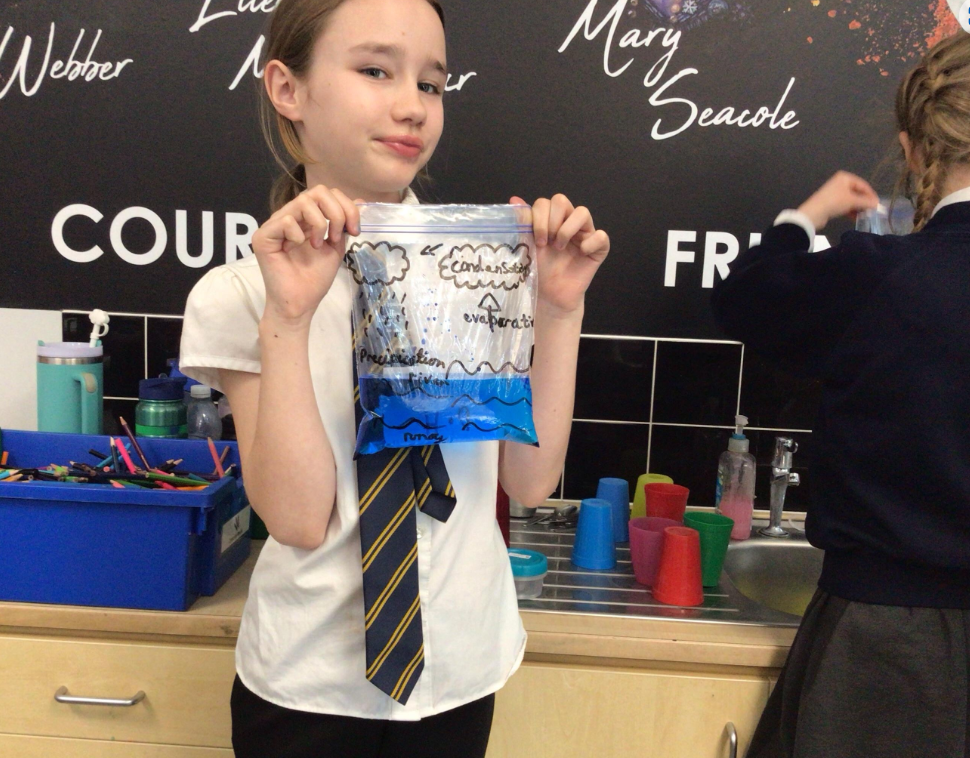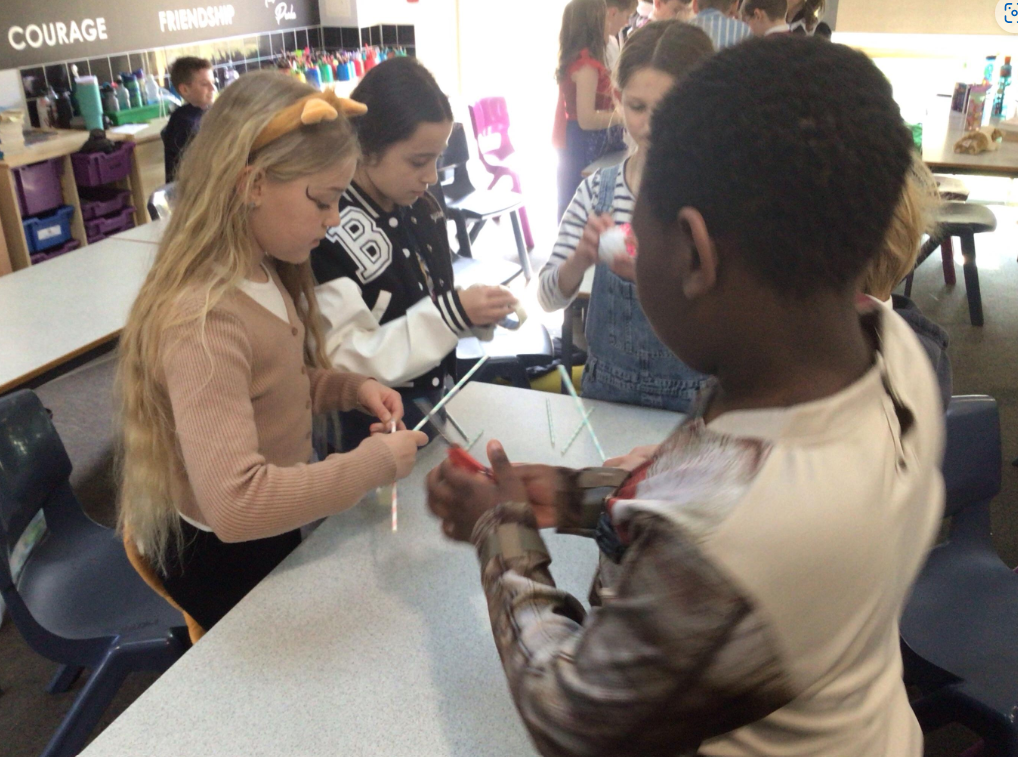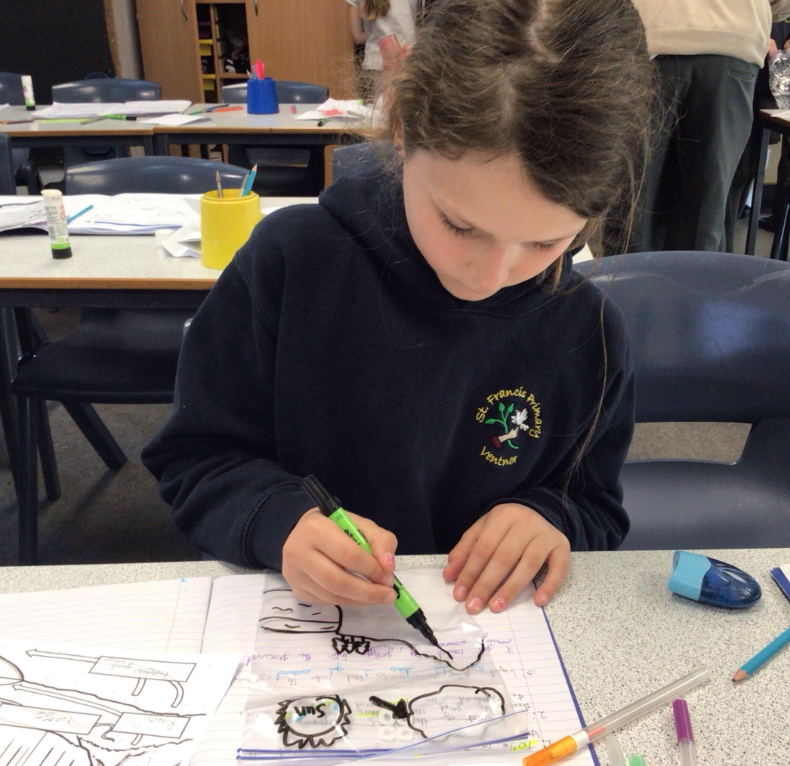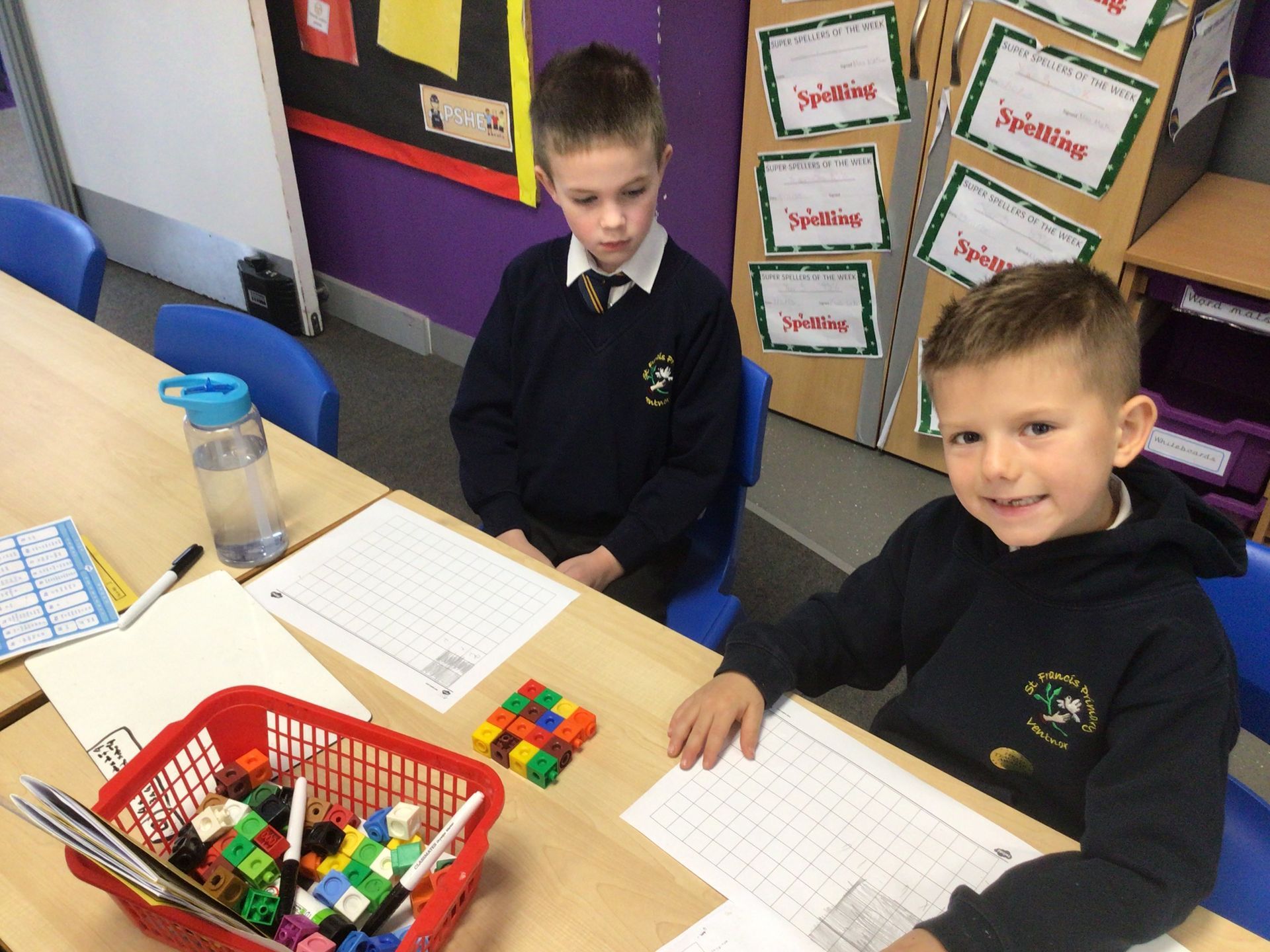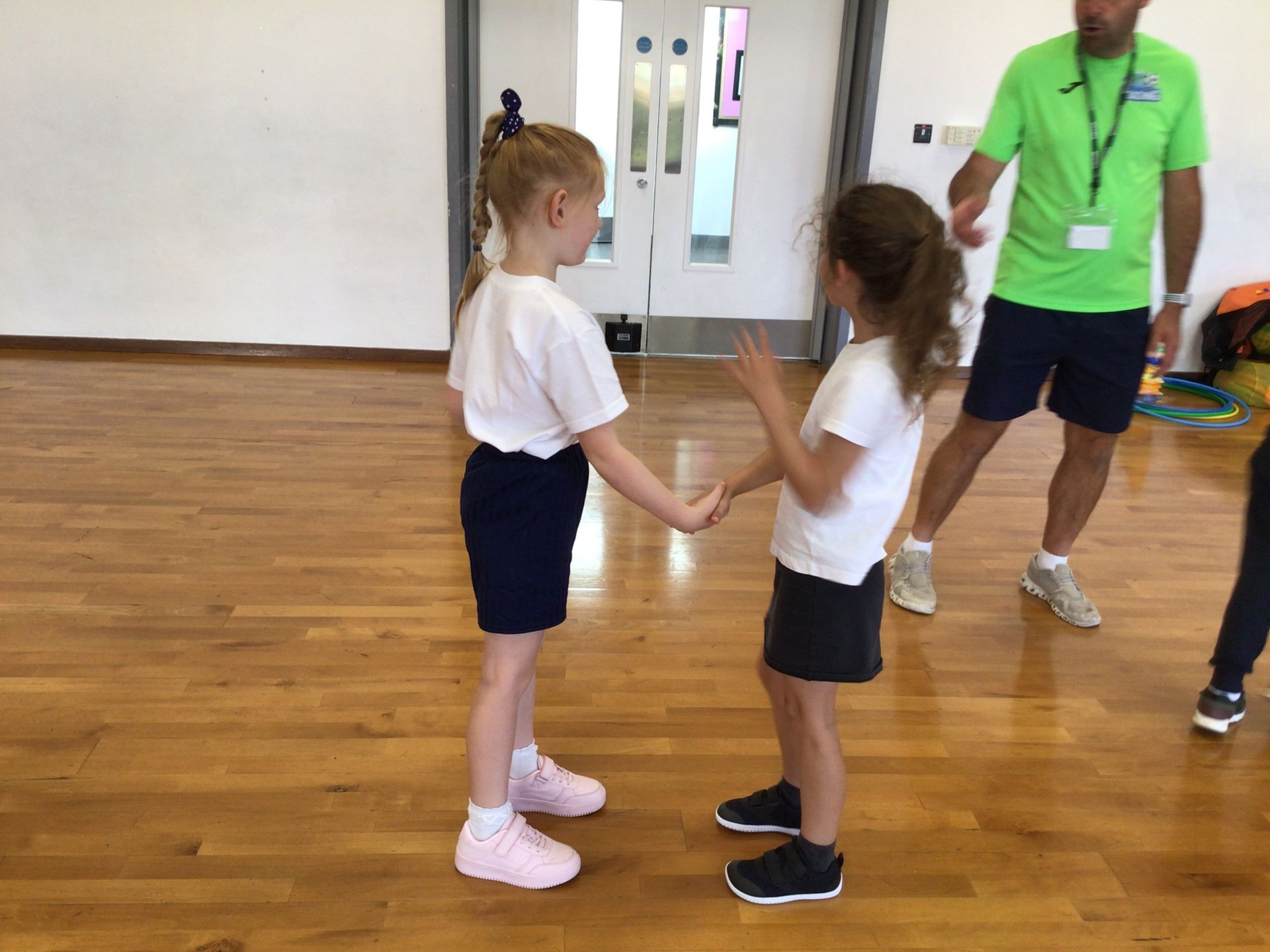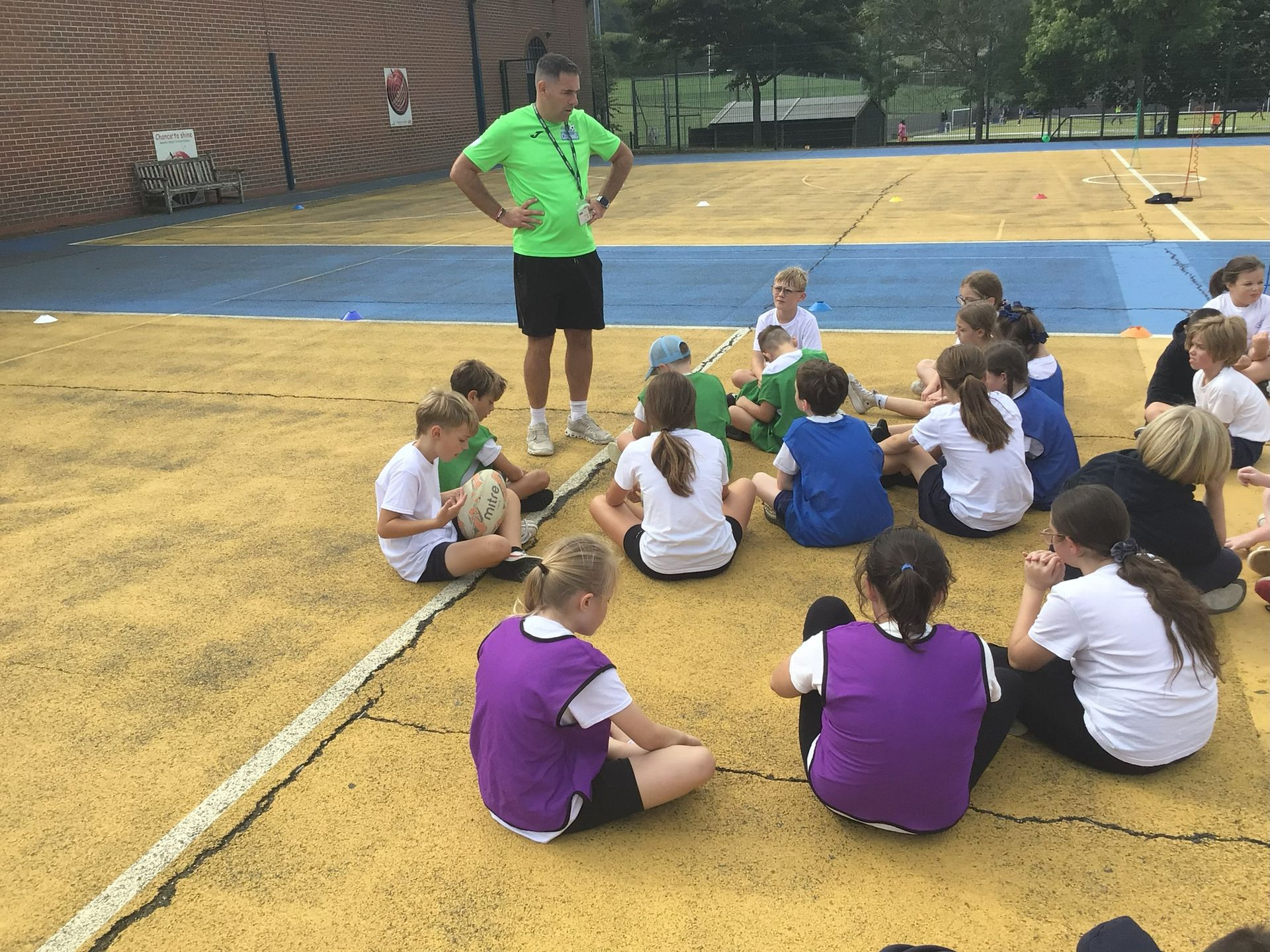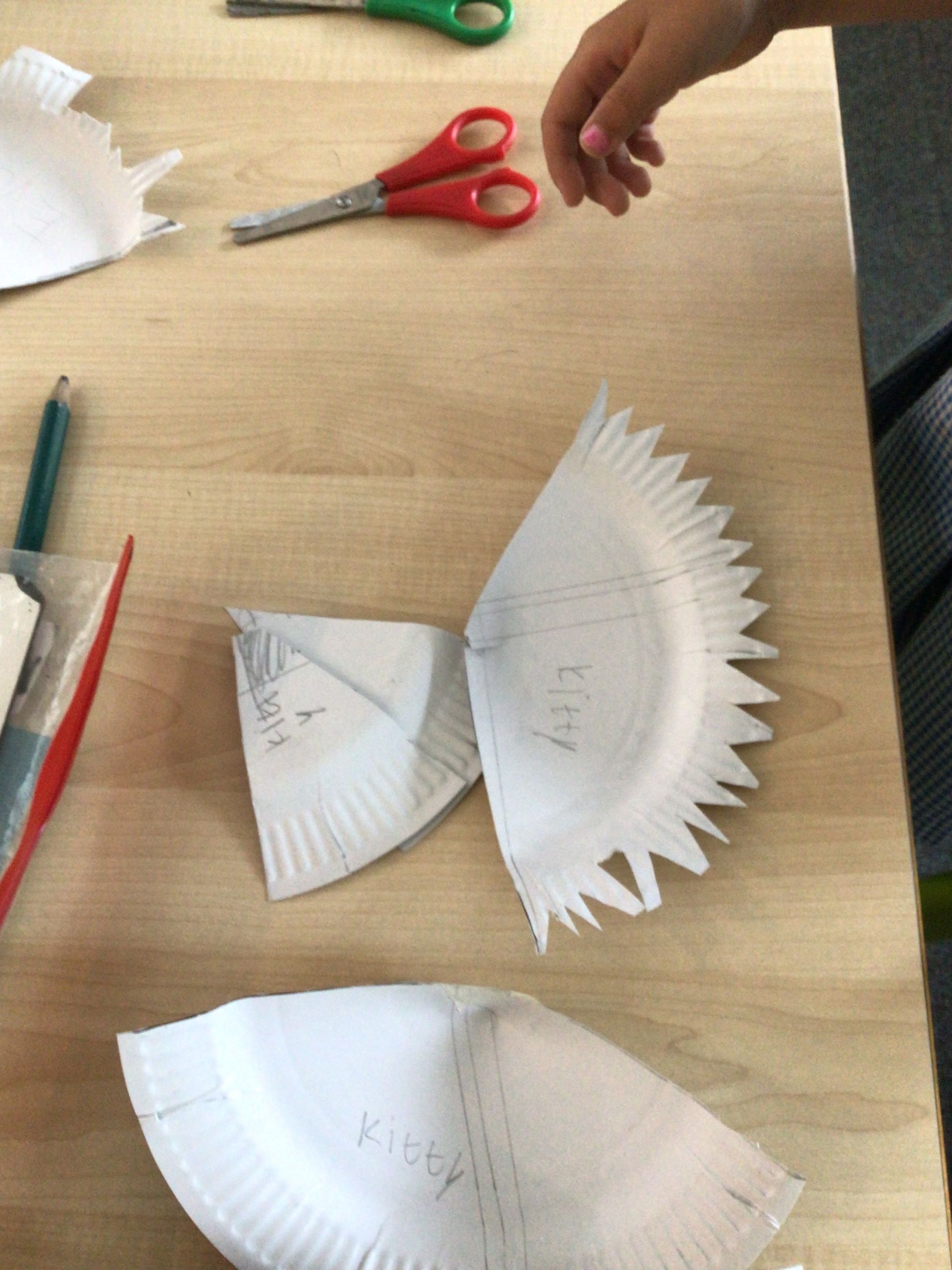Volleyball, Rockets and Salty Science in Malala Yousafzai Class
Share this post
From water cycles to bridge-building and canine adventures
This Week Malala Yousafzai Class...:
- Wrote adventure stories inspired by Jack London’s That Spot
- Created water cycles in bags and designed World Water Day leaflets
- Explored chemical reactions and separated mixtures in science
- Played full-size volleyball matches in PE
- Built bridges with author Chris Vine during a special workshop
In English, we've been reading 'That Spot' by Jack London, and writing our own adventure stories featuring plucky canine protagonists. After writing a first draft in books, we used white markers to produce a final version on black paper for maximum effect.
In geography, we have been learning about the important role of water on our planet. As well as making factfiles on the role of water, and leaflets about World Water Day, we made model water cycles out of a plastic bag using blue food colouring. You can put them on a window and watch the cycle of evaporation, condensation and precipitation take place.
In science, we have been learning about chemical and physical changes. We experimented with different substances and found that some dissolved in water but that others did not. We left saltwater solutions to evaporate over a few weeks and found that the salt is left behind, forming large crystals when allowed to evaporate slowly. We showed how new materials with different properties can be formed from a chemical reaction, such as the rapid production of carbon dioxide in the film canister rocket and the diet coke/mentos experiment. We used different methods to separate different mixtures, including filtration, sieving, magnets and tweezers.
We've been learning volleyball with Mr Marshall in PE. As well as practising agility and ball skills, we've been taking part in some very large matches of volleyball!
We were lucky to have a visit from Chris Vine, the author of the Peter's Railway series of books for World Book Day, who did a bridge-building workshop with us. We found that a suspension bridge was the most effective way to hold the greatest weight.
Previous posts




